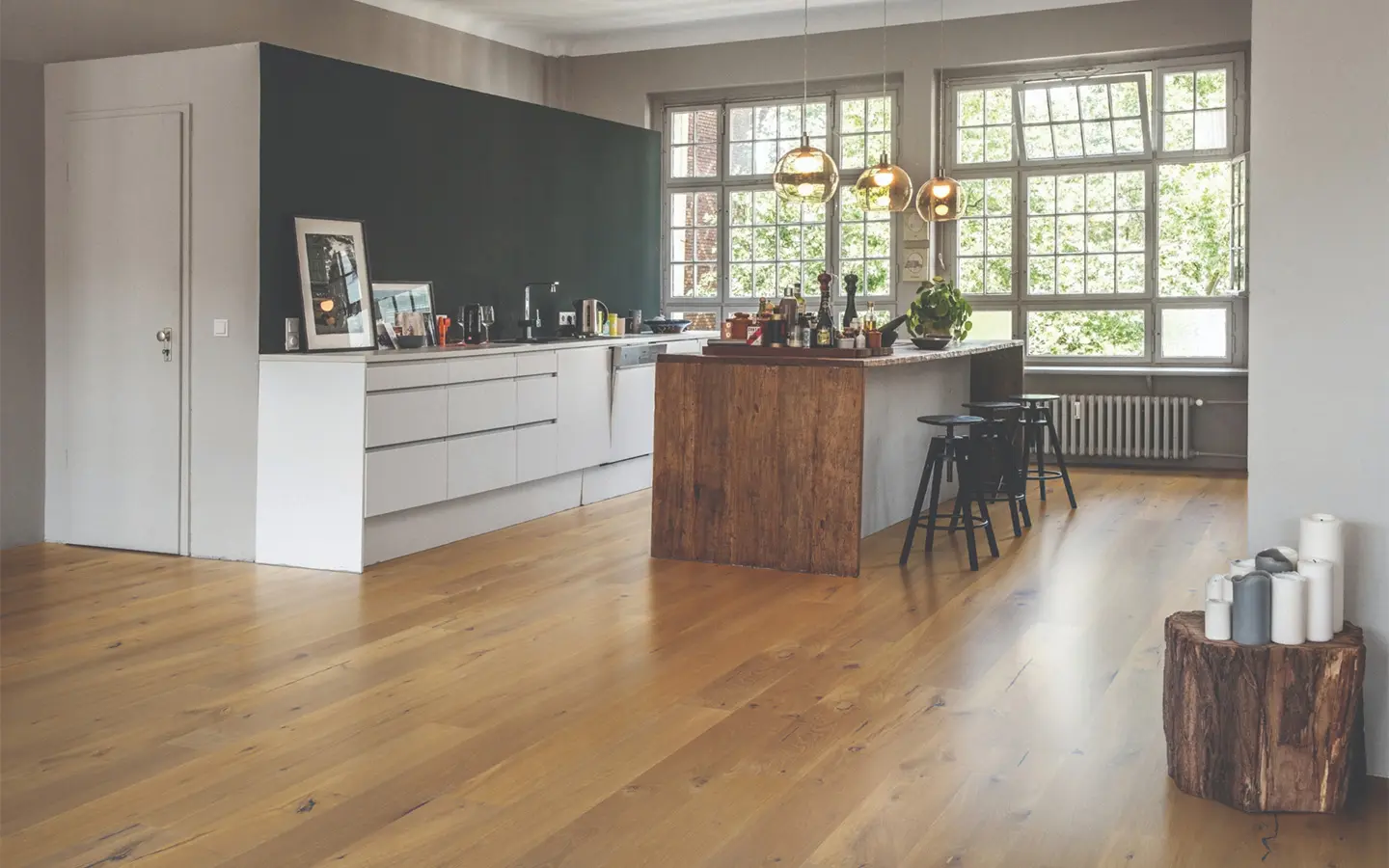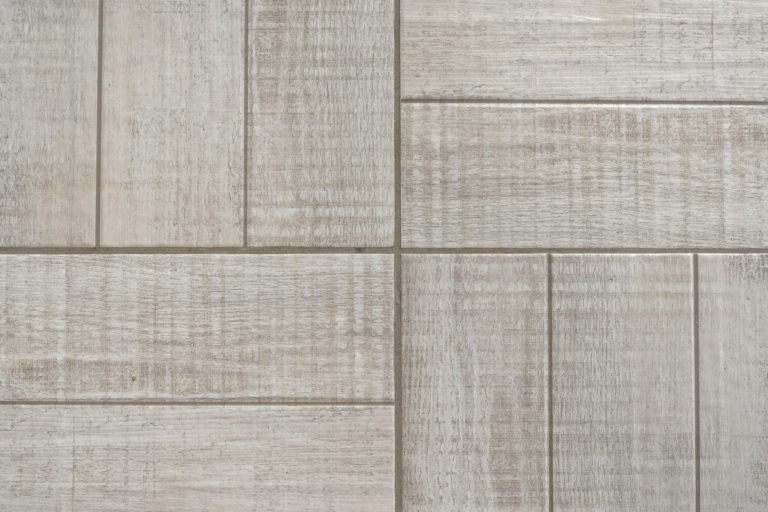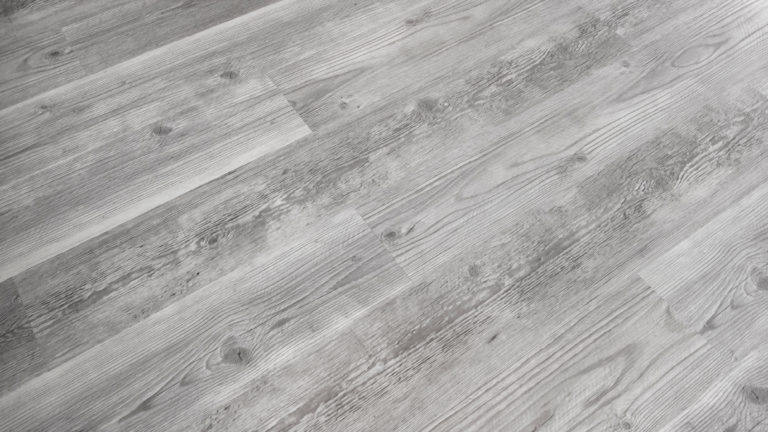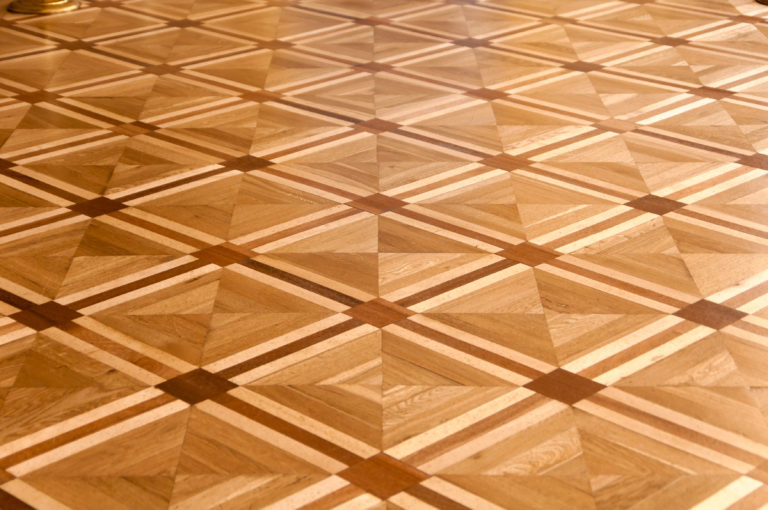Sheet vinyl flooring has been around for a long time. It was pretty popular back in the day because it was cheap and did a good job of preventing moisture damage. But as time went on and new types of flooring came into the market, people started to look past sheet vinyl. It kind of fell out of favor, seen as a bit outdated.
Now, though, things are changing for sheet vinyl. It’s not just about being an affordable option anymore. The quality has gotten a lot better. Thanks to the new production process in how they make and print vinyl, you can get patterns and textures that look a lot like real wood or stone. And these aren’t just any designs—they’re detailed and realistic enough that you have to take a second look to realize they’re vinyl.
So, what is sheet vinyl, and why is it making a comeback? It’s simple. The designs are better, it’s tough, and it’s still easy to handle. If you’re looking for a floor that’s practical but also looks good, modern sheet vinyl is worth a look. It’s come a long way from the old days, and it might just surprise you.
Benefits of Sheet Vinyl
When it comes to picking out flooring, there are a few things you really want to keep in mind, especially if you’re eyeing sheet vinyl. Here is a breakdown:
Durability and Resistance to Wear and Tear:
First off, sheet vinyl is tough. It’s built to handle the comings and goings of daily life without showing it too much. We’re talking about a floor that can stand up to kids running around, pets, and all the hustle and bustle without getting all scratched up or worn out quickly. This is because the top layer of modern sheet vinyl is designed to resist all that wear and tear, making it a solid choice if you don’t want to be replacing your floor every few years.
Water Resistance:
Now, this is a big plus of sheet vinyl, especially if you’re thinking about flooring for places like kitchens and bathrooms where spills and splashes are just part of the territory. Sheet vinyl comes with natural waterproofing, meaning those little accidents that happen don’t end up soaking into your floor and causing damage. This makes cleanup a breeze and helps keep your space looking good without the worry of water issues.
Ease of Maintenance:
Let’s be honest; nobody wants to spend their weekends on their hands and knees scrubbing floors. That’s where sheet vinyl really shines. It’s incredibly easy to keep clean. Regular sweeping and the occasional mop job are usually all it takes to keep it looking fresh. Sticky spills? No problem, a quick wipe, and you’re good. This low-maintenance aspect is a huge plus for anyone who’s got enough on their plate and prefers a “clean it and forget it” type of floor.
So, if you’re in the market for a new floor and want something that’s going to last, be kind to your budget, and not demand too much of your time in upkeep, sheet vinyl could be just the ticket. It’s come a long way from the old days, and it might just surprise you with how well it fits into a busy, modern lifestyle.
Best Brands of 2024
Drawbacks of Sheet Vinyl
When considering sheet vinyl for your flooring, it’s wise to be aware of a few potential drawbacks alongside its many benefits:
Perception of Quality:
Despite significant improvements in design and durability, some people still associate sheet vinyl with the lower-quality, less stylish options of the past. This perception can impact resale value or the overall impression of your space, particularly in higher-end homes.
Susceptibility to Fading and Discoloration:
Sheet vinyl can be prone to fading when exposed to prolonged direct sunlight. Certain rubber materials, like those found in mats or the bottoms of shoes, can also cause discoloration due to a chemical reaction with the vinyl.
Difficulty in Repairing:
While sheet vinyl is quite durable, repairing it can be challenging if it gets damaged (such as a tear or a deep gouge). Unlike vinyl tiles or planks, you can’t simply replace one piece. Repairs might require patching, which can be noticeable and detract from the overall look.
Design and Aesthetic Variety
With sheet vinyl patterns, you’ve got a lot of options. If you’re into the look of natural materials, there’s plenty to choose from. You can find sheet vinyl that looks like wood, complete with grain lines and all, or stone patterns that mimic the look of slate or marble. These aren’t just basic prints; the detail is good enough that they do a decent job of imitating the real thing.
But it’s not all about wood and stone looks. Sheet vinyl patterns also include a variety of geometric designs, floral motifs, and even more abstract or contemporary styles. So, if you’re looking to make a statement in a room or add a specific vibe, you are likely to find a sheet vinyl pattern that can get you there.
Remember that while sheet vinyl can get pretty close in appearance to materials like hardwood or stone, it’s still vinyl. It won’t have the exact same texture or feel underfoot as the real materials, but it does offer a practical and cost-effective alternative, especially in high-moisture areas where wood or certain types of stone might not be the best choice.
So when you’re looking at sheet vinyl patterns, think about what style fits your space and your lifestyle. Whether you’re going for something that looks natural or something more decorative, there’s a good chance you’ll find a sheet vinyl option that works.
Installing Sheet Vinyl
When it comes to putting down sheet vinyl flooring, there are a couple of important points you’ll want to keep in mind to ensure everything goes smoothly and you end up with a floor that looks great and lasts.
First, while DIY projects are gaining popularity, when it comes to sheet vinyl, we often recommend considering a professional installer. Why? Well, although laying down sheet vinyl might seem straightforward, there’s an art to it, especially when you’re dealing with large rolls.
A pro installer will know how to handle the material, avoid wrinkles, and ensure a snug, seamless fit, particularly in tricky spots like corners and around fixtures. They’ve got the tools and the know-how to cut and lay the vinyl in a way that minimizes seams and makes the most of the pattern.
Now, let’s talk subfloor. The condition of your subfloor is the determining factor to the success of your sheet vinyl installation. It needs to be smooth, clean, and dry. Any bumps, gaps, or imperfections can show through the vinyl over time, and moisture lurking below can cause issues down the line. A professional will ensure the subfloor is properly prepped, potentially using a leveling compound to smooth out any irregularities and make sure it’s primed and ready for the vinyl to go down.
In short, while laying sheet vinyl might not seem like rocket science, getting that flawless finish often comes down to the subtleties of installation. Proper subfloor prep and professional installation can make all the difference in achieving a durable, attractive floor that stands the test of time.
Sheet Vinyl Cost and Value
Sheet vinyl flooring truly shines when it comes to offering value for money, especially for those on a tight budget. Prices for sheet vinyl start impressively low, around $0.50 per square foot for the most straightforward, no-frills options. This is as budget-friendly as it gets in the world of flooring.
For more durable, better-designed sheet vinyl, you might be looking at a range from $2 to $5 per square foot. This tier often includes a variety of patterns and textures that mimic more expensive materials like hardwood and stone quite convincingly.
The affordability of sheet vinyl is a major plus, but it’s the value aspect that makes it stand out. Despite its low cost, sheet vinyl brings a lot to the table: water resistance, ease of maintenance, and a broad selection of designs. This makes it not only an economical choice upfront but also a smart investment in the long run, especially in areas prone to moisture or heavy use, where the flooring’s resilience will be put to the test.
In comparison, while laminate and vinyl plank might offer certain aesthetic or durability advantages, they typically come with a higher starting price point. Laminate flooring usually ranges from $1 to $5 per square foot, and vinyl plank from $2 to $7 per square foot. These options have their merits, particularly in terms of design and texture, but when budget is a key concern, sheet vinyl presents a compelling case.
Maintenance and Longevity of Sheet Vinyl
Maintaining sheet vinyl flooring is pretty straightforward, which is one of the reasons it’s such a popular choice. For day-to-day cleaning, sweeping or vacuuming is usually enough to keep the dirt at bay. When it comes to mopping, a damp mop with mild detergent does the trick; just make sure not to flood the floor, as excessive water can seep into seams and edges.
One of the perks of sheet vinyl is its resilience to stains, but if you do encounter a stubborn spot, it’s often best to tackle it sooner rather than later. Most of the time, a simple cleaning solution or even a spot treatment with rubbing alcohol can remove tough stains without damaging the floor.
Over time, any flooring can show signs of wear, and sheet vinyl is no exception. However, its longevity often depends on the quality of the material and the thickness of the wear layer. Higher-quality sheet vinyl can last well over a decade, especially if it’s well cared for. Minor scratches and scuffs can sometimes be buffed out or covered with a sealer designed for vinyl flooring. For more significant damage, like tears or deep gouges, patching might be necessary, which can be a bit more involved and might require professional help to ensure a seamless fix.
While sheet vinyl is durable, it’s not indestructible. It’s a good idea to use protective pads under heavy furniture and to be mindful of sharp objects and high heels that can cause punctures or dents. Area rugs in high-traffic zones can also help extend the life of your flooring by protecting it from excessive wear.
In terms of longevity, with proper care, sheet vinyl can serve you well for many years. It might not last as long as some harder flooring options like tile or hardwood, but considering its cost, ease of maintenance, and resistance to moisture, it offers good value and can be a practical solution for many areas in your home or business.
Environmental Considerations
Environmental considerations are becoming increasingly important in the flooring industry, and sheet vinyl is no exception. In recent years, there’s been a noticeable shift towards more eco-friendly vinyl options, addressing concerns such as sustainability and indoor air quality.
One of the main environmental concerns with older vinyl flooring was the presence of Volatile Organic Compounds (VOCs), which can off-gas into indoor environments and affect air quality. Modern sheet vinyl products, however, are often manufactured to meet stricter standards that significantly reduce or eliminate VOC emissions. Many manufacturers now produce low-VOC or VOC-free sheet vinyl flooring, which is a big step forward in making this flooring option more environmentally friendly and safer for indoor use.
Sustainability is another area where modern vinyl flooring has seen improvements. Some manufacturers are incorporating recycled materials into their vinyl products and developing recycling programs for post-consumer vinyl flooring, aiming to reduce waste and promote a circular economy. Additionally, advancements in production technology have made it possible to create more durable vinyl flooring, extending its lifespan and reducing the need for frequent replacements, which in turn minimizes waste.
While sheet vinyl is derived from petroleum, a non-renewable resource, the industry’s efforts to improve recycling and reduce environmental impact are noteworthy. It’s also worth mentioning that the durability and low maintenance of sheet vinyl contribute to its sustainability by reducing the need for harsh cleaning chemicals and frequent replacements.
Wrapping it Up
Making the right choice in flooring boils down to a few key considerations: your lifestyle, your budget, and the overall aesthetic you’re aiming for in your space.
Sheet vinyl stands out for its broad design range, offering everything from natural wood and stone appearances to bold, contemporary patterns. It’s designed with practicality in mind, providing a durable and low-maintenance solution that’s especially suited to high-moisture areas and high-traffic zones. Plus, it’s wallet-friendly, making it an appealing option for a wide range of projects.
When deciding if sheet vinyl is the right fit for your space, think about the daily demands your floors will face, the style you want to achieve, and how much you’re looking to spend. It’s also worth considering the environmental aspects of your flooring choice, such as the product’s sustainability and indoor air quality impact.
About The Author

Courtney Daily
February 12, 2024
Courtney is a freelance writer who wears many other hats: kindergarten teacher by day, Broadway diva in the shower. She is a transplant Hoosier who originated in New England. When she isn't writing in her spare time, you will find her reading history books, arguing with her latest knitting project, or being beaten by her kids at most games.






